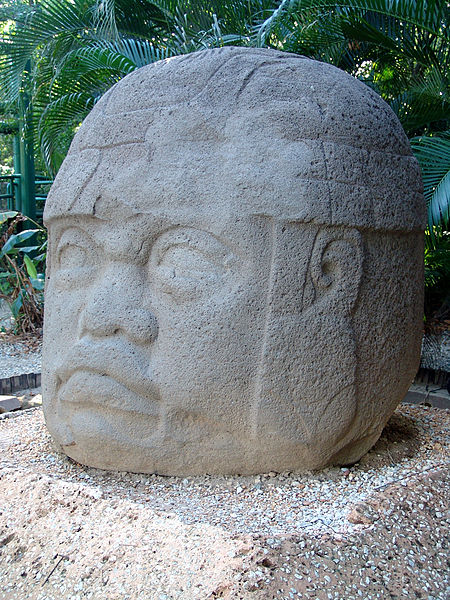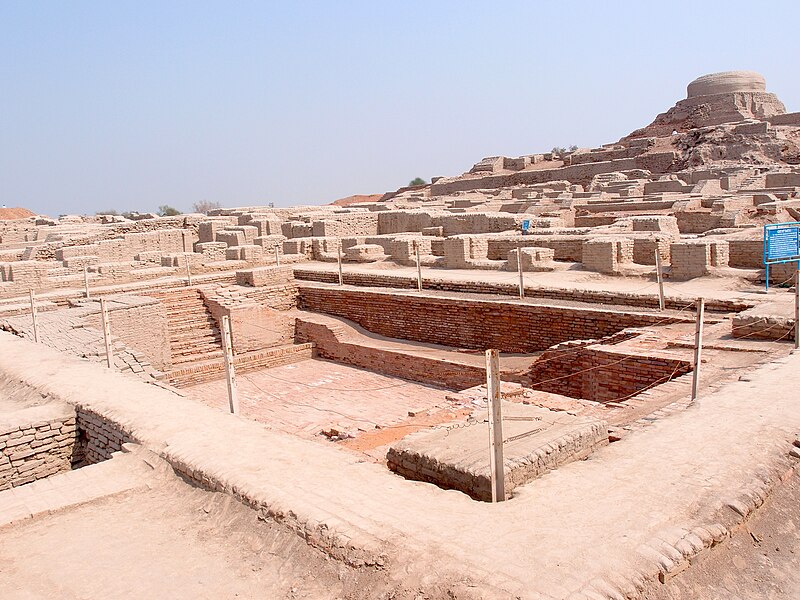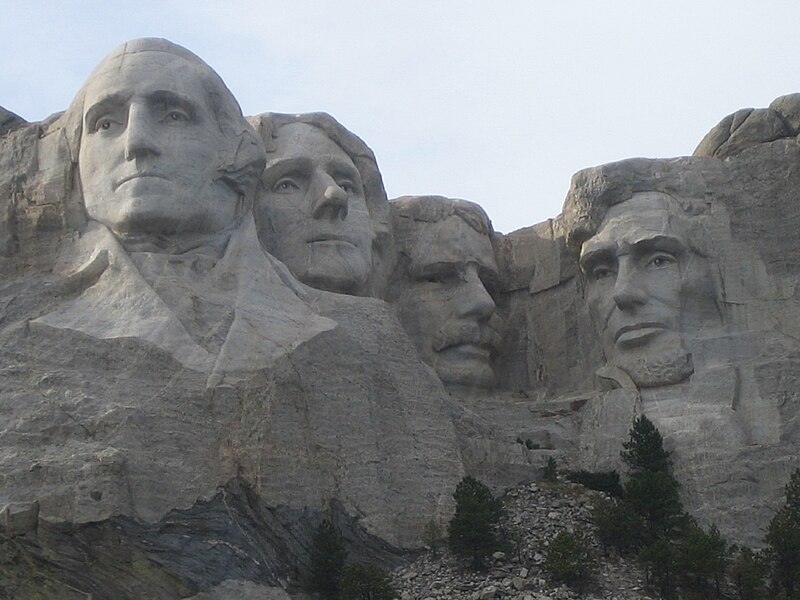Every human society that I know of builds monuments. It's one of the first signs that a society has made the big shift from chiefdom to the State. Monumental architecture precedes the city. The Sumerians built it, the Egyptians built it, the Chinese built it, and the Harappans built it.
 |
| Column from the Persian Royal palace at Persepolis |
 |
| Stonehenge |
 |
| Olmec stone head. I think this one is about 8 feet tall. |
 |
| Mohenjo Daro. In the foreground is a pool. The stones are so perfectly fitted that when filled with water, it doesn't leak a drop. There is no sealant. |
 |
| Angkor Wat |
 |
| The Acropolis |
 |
| Temple of Luxor |
 |
| Taj Mahal |
 |
| Mt. Rushmore. |
 |
| The George W. Bush Presidential Center |
It's a little different now than in the past, of course. Modern technological societies are infinitely more wealthy than our agriculturally centered, muscle powered predecessors. Even the most elaborate elite vanity project costs only a tiny fraction of society's available resources. North Korea's acquiescence to the insanity of the Kim Dynasty may be an exception to this observation. And modern societies have a more diverse elite than ancient societies did, too.
 |
| The Chrysler Building |
Monumental architecture is self-promotion. There are people with the power and resources to have something gigantic built. They do so in order to enhance their prestige and dominance. And they do it with the labor of the very masses they're trying to impress.
No comments:
Post a Comment